Packing a parcel might seem straightforward until you have a customer message you about a broken item, a lost delivery, or a box that looked like it had been dragged through a storm.
In ecommerce, how you pack your parcels is just as important as how fast you deliver them. Damaged items don’t just hurt your margins, they hurt your reputation.
So, whether you're sending 10 or 500 parcels a month, this guide walks you through the right way to pack your parcels to avoid damage, save on shipping costs, and leave your customers with a great impression.
Let’s get started.
Why Proper Packaging Matters
Packaging directly affects delivery success, shipping costs, and customer satisfaction. If a box is too large, you may pay extra due to volumetric weight. If it’s too small or overfilled, it risks splitting during transit. Under-filled boxes can collapse, especially under heavier parcels.
Choosing the right packaging reduces damage, lowers refund requests, and ensures items arrive in good condition.
It also helps you avoid courier surcharges caused by manual handling, which often occurs when a package isn’t sealed properly, lacks a flat surface for scanning, or breaks open during transit. Couriers may charge extra if a parcel needs to be repackaged, relabelled, or hand-sorted instead of moving through automated systems.
Efficient packaging isn't just a best practice, it’s essential for ecommerce businesses that want to save money and protect their reputation.
Step 1: Choose the Right Packaging Type
Preparing a parcel for delivery begins with choosing the appropriate materials to secure the item you’re shipping. With over a decade of experience in the fulfilment industry, these are our recommendations for picking the right packaging.
Use the Correct Box Size
Choosing the right box size will stop items from moving and touching each other. Plus, under-filled boxes will likely collapse, and overloaded ones may burst.
If you are sending a single product to a customer, your box should be slightly bigger than the size of your item. Here are some tips to keep in mind:
- Leave 3-5 cm of space around each item for cushioning.
- Fill empty space with cushioning materials
- Don’t let products rattle or touch the sides of the box.
- For multi-item orders, ensure each product is spaced apart to prevent damage in transit.
Sometimes, it is tricky to know which box to use when packing multi-item orders. If you get stuck, our Smart Boxing algorithm can recommend how to prepare these orders in as few boxes as possible.
Always Use Double Layers
For heavier or fragile items, use double-corrugated cardboard boxes with strong outer liners. They’re more durable and better equipped to handle stacking and rough handling during transit.
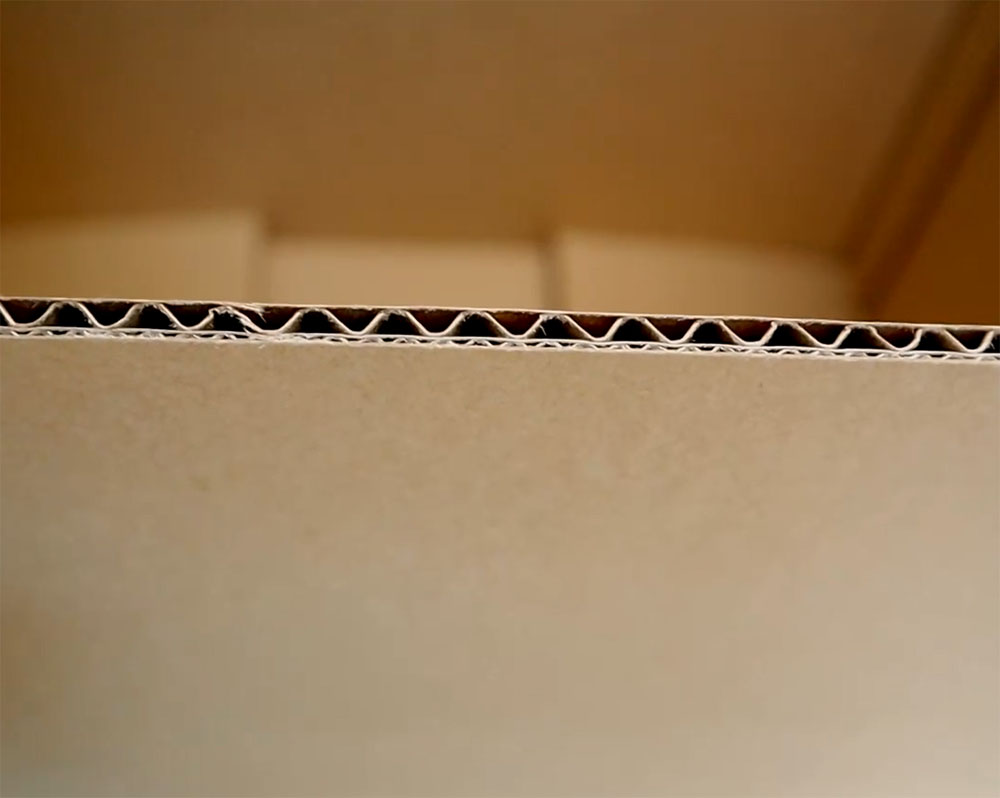
Avoid reused or flimsy boxes as this can weaken the box’s structural integrity, increasing the risk of damage. Your box is your first line of defence throughout the logistics process, so you want to make sure you choose sturdy materials that can support the weight of other parcels and withstand the rigours of shipping.
Sending Satchels
Satchels are an eco-friendly way to send clothing or small and lightweight products. However, make sure you use courier-approved sachets and add extra protection by wrapping them with hex wrap or newspaper.
Step 2: Wrap Items Properly to Prevent Damage
The most important part of your product packaging is to secure your items to avoid damage.
To do this, you will need a variety of cushioning materials for the bottom, sides, top of the box, and in between your items. The products themselves will need to be well wrapped and protected as well. Don't forget to leave between 3 - 5 cm (2 inches) between your product and the sides of the box.
Fragile items should be placed in the centre of the box, ensuring they don't touch the sides. Fill that void with cushioning materials on all sides.
Here's a list of materials you can use to properly pack your items:
- Bubble Wrap
Ideal for fragile items like glassware, electronics, or ceramics. Wrap tightly in at least two layers and secure with tape. While it offers excellent protection, it's not the most sustainable choice. - Hex Wrap
A recyclable, honeycomb-style paper wrap that cushions like bubble wrap but without the plastic. It’s flexible, lightweight, and perfect for brands prioritising eco-friendly packaging. - Shredded Cardboard
Made from recycled boxes, shredded cardboard is great for filling gaps and protecting heavier items. It adds padding and absorbs impact without adding much weight. - Newspaper
Crumpled newspaper works well as a budget-friendly filler for less fragile items. It's easily accessible and eco-conscious, but may not offer enough protection for delicate goods. - Foam Peanuts
These biodegradable fillers are perfect for cushioning oddly shaped or lightweight items. Just make sure they’re tightly packed; if they shift, so will your product. - Air Pillows
Inflatable plastic cushions that are lightweight and space-efficient. Best used to fill voids around non-fragile items. Be mindful of their environmental impact if not recyclable. - Foam Inserts
Ideal for high-value or precision items like electronics or instruments. These moulded inserts keep products locked in place and provide maximum protection during transit.

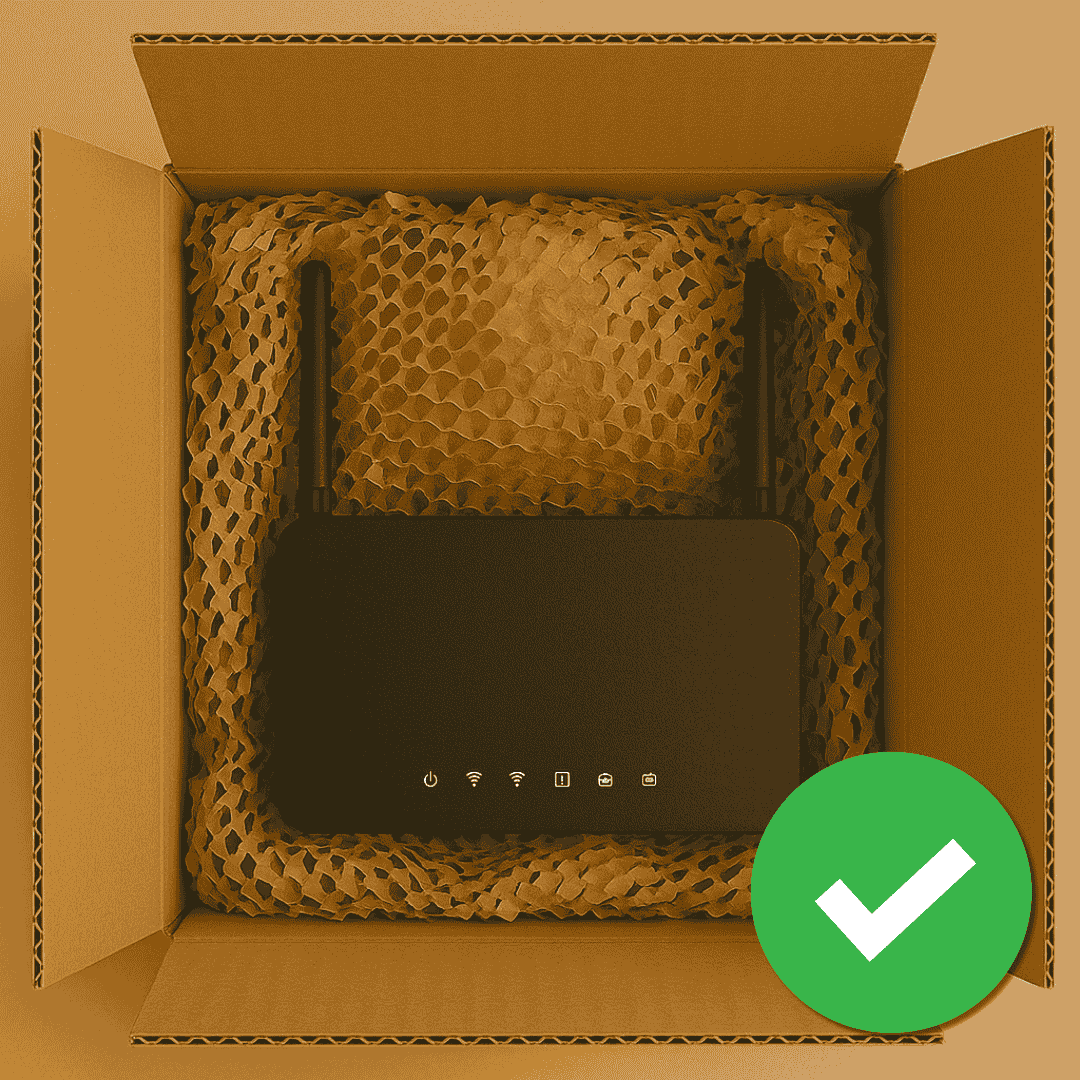
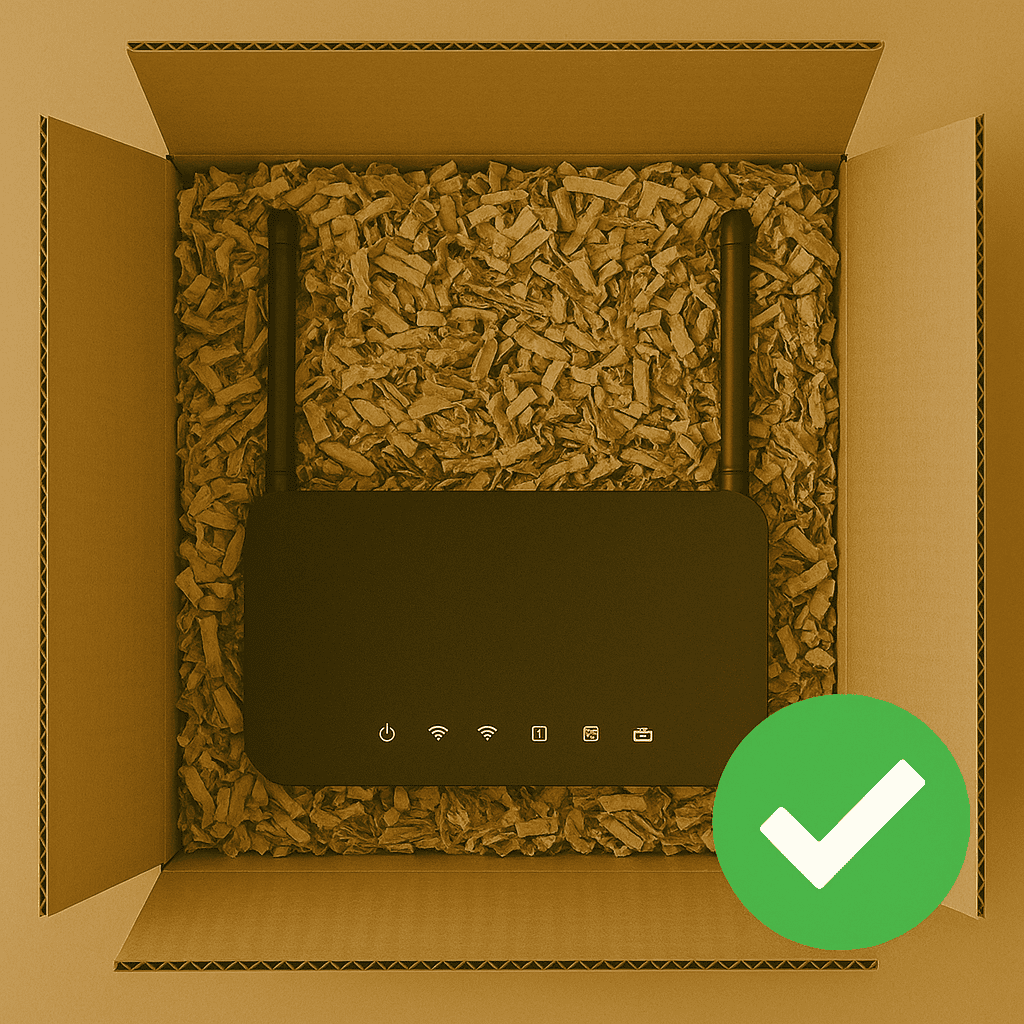
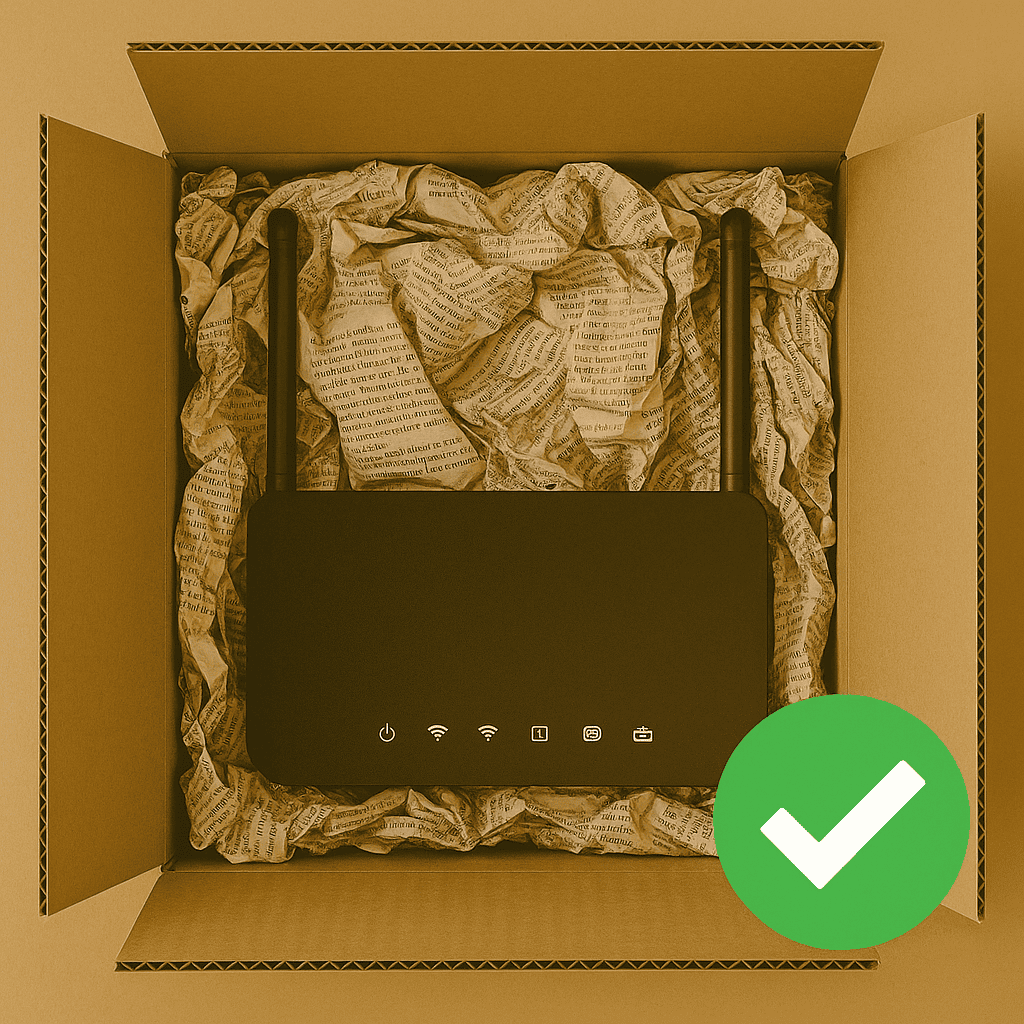
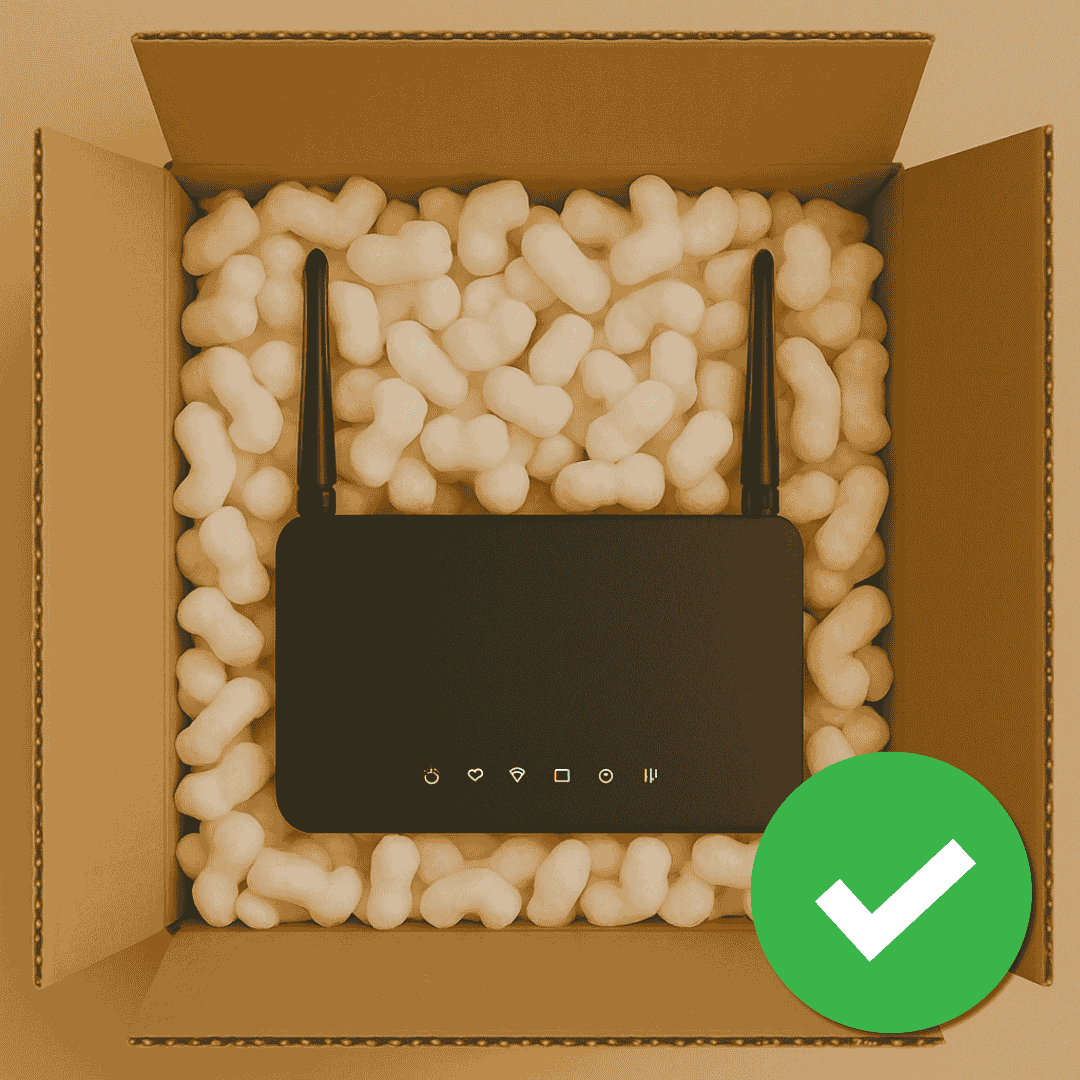
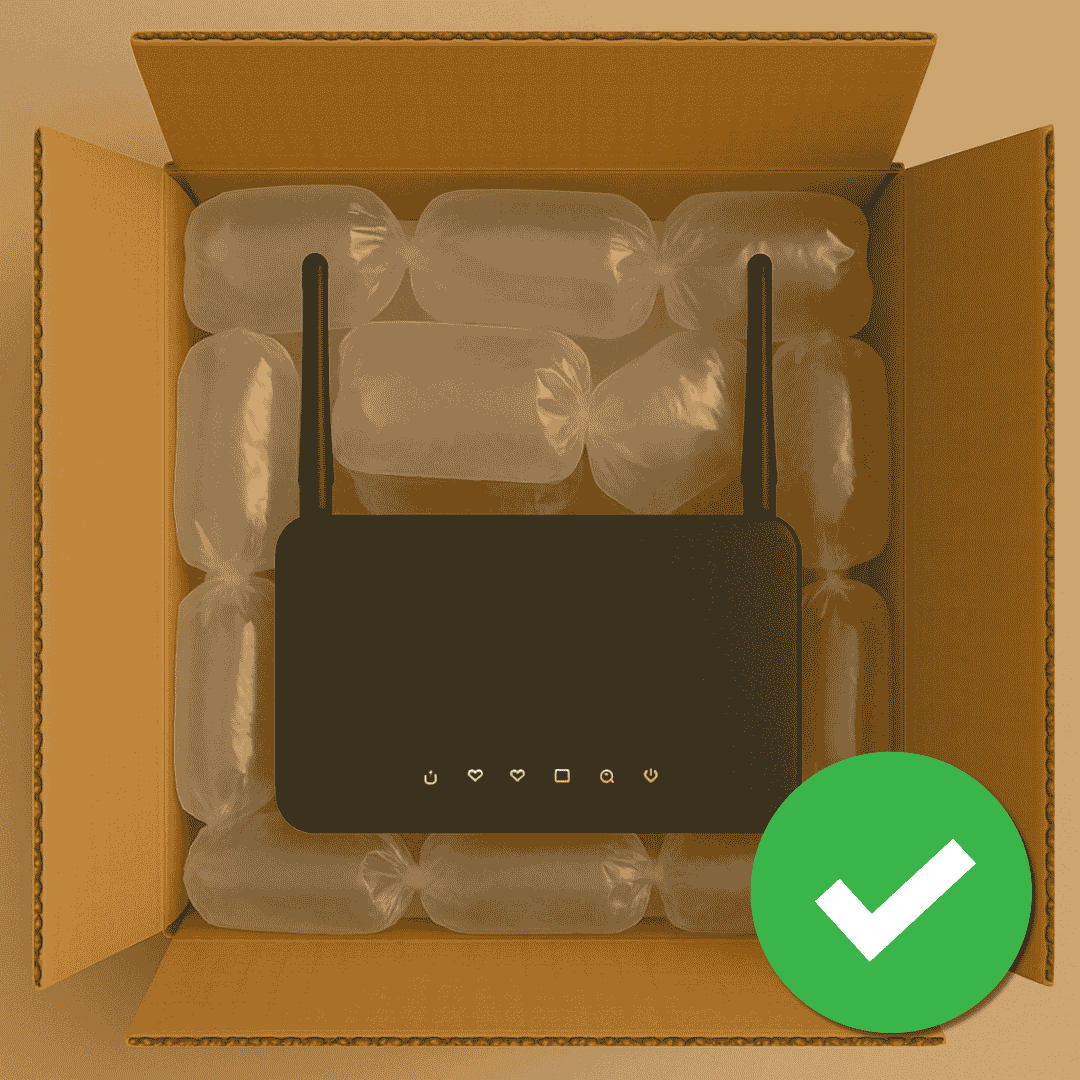
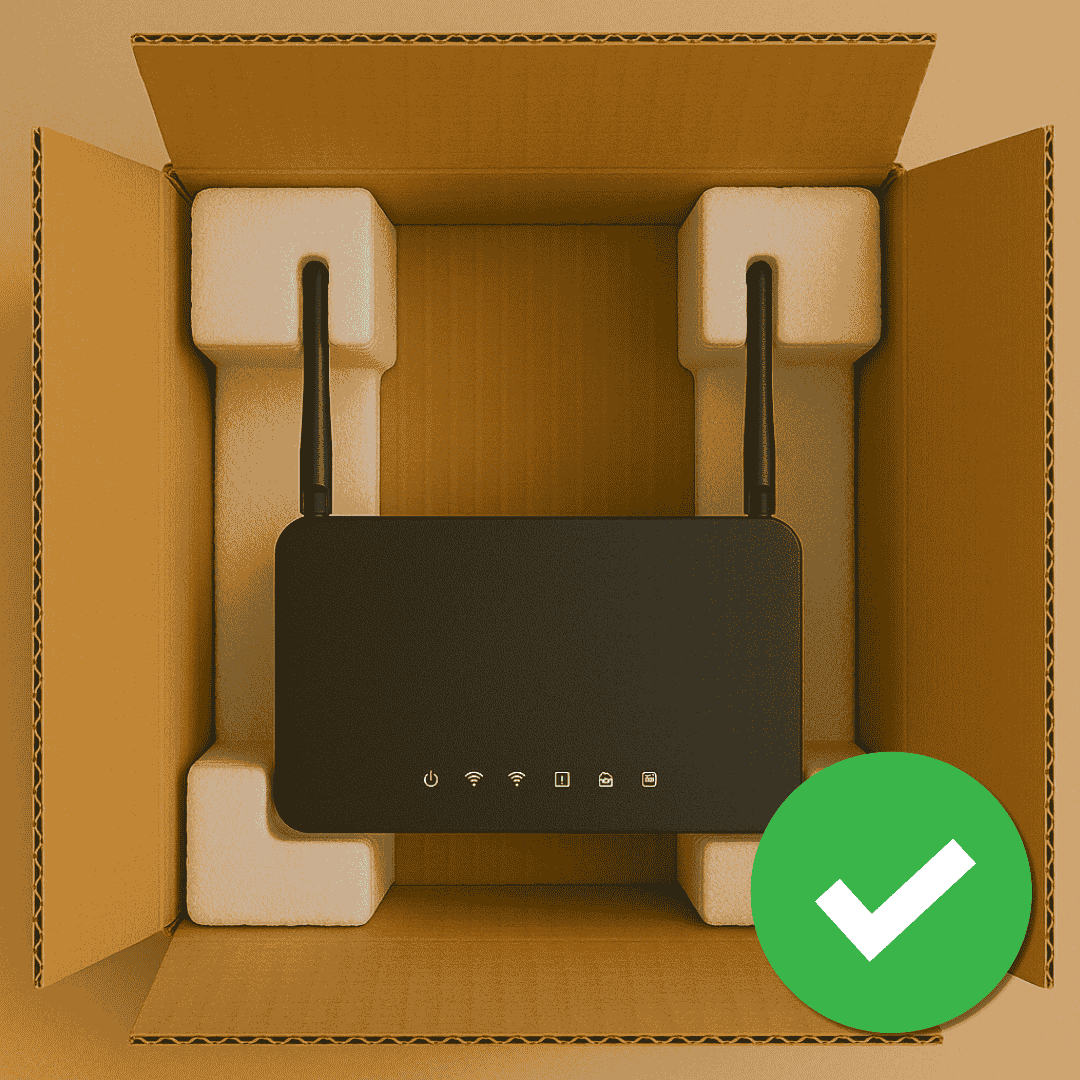
Once packed, give your box a gentle shake. If anything moves, add more filler because more movement means more risk of damage.
Step 3: Avoid Sending Prohibited Items
There are some products you can't send with our delivery partners, and others are restricted. Here are a few examples.
| Prohibited Items | Restricted Items |
|---|---|
| Aerosol cans/spray | All liquids/lotions |
| Batteries | Passports |
| Fireworks | Whitegoods |
| Perishable food items | Computer monitors |
| Furniture that is not flat-packed | Mobile phones |
| Magnets | Tablets |
| Tobacco products | TVs |
| Alcohol | Stringer musical instruments |
Sending prohibited or restricted items may result in surcharges, delays, or confiscation by authorities where appropriate.
Before you book a courier, head to prohibited and restricted items to learn more about what you can and can't ship with our platform.
Step 4: Seal Your Parcel the Right Way
Once your items are packed, the next critical step is sealing the box securely. A poorly sealed parcel can open during transit, increasing the risk of damage, lost items, or courier rejection.
Use the Right Type of Tape
Not all tape is suitable for shipping. For best results, use pressure-sensitive packaging tape that’s at least 48mm wide. It’s specifically designed to bond well to cardboard and withstand the rigours of transport.
Avoid using:
- Cellophane tape: often used for gifts, not strong enough for parcels
- Masking tape: can peel off during handling or weather changes
- Duct tape: not accepted by many couriers due to its stretch and adhesive residue
These tapes don’t adhere reliably and may cause your parcel to open during transit.
How to Seal Your Box Properly
To ensure structural integrity:
- Apply tape along the centre seam of the box, both top and bottom
- Reinforce by taping along the edges and where flaps meet
- Use an “H-taping” method if sending heavier items, this means sealing all three seams (middle and two edges) for extra support
While it’s important to seal your parcel securely, don’t over-seal it. Excess tape can make access difficult or cause the box to be damaged during opening.
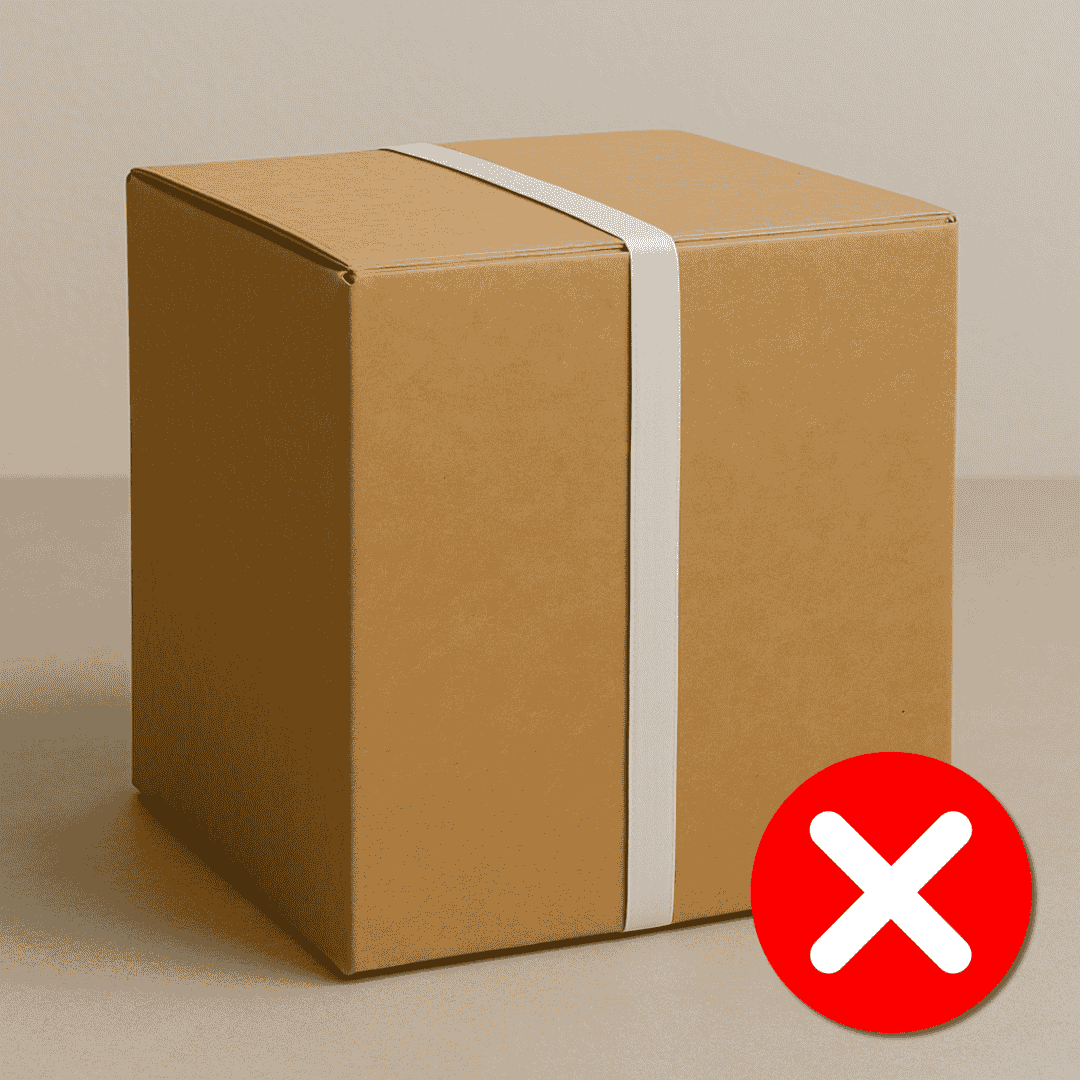
Remove Old Labels and Barcodes
If you’re reusing a box, make sure it’s in good condition and remove all previous shipping labels or barcodes. These can confuse scanning systems and result in delivery errors or delays.
Proper sealing may seem like a small step, but it plays a major role in ensuring your parcel arrives safely and is accepted by the courier network.
Step 5: Measure and Weigh Accurately to Avoid Surcharges
Accurate parcel measurements are essential when booking a courier. Even small miscalculations can result in unexpected charges, delivery delays, or rejected pickups.
Here’s how to get it right every time:
Measure After Packing
Always measure your parcel after it’s packed and sealed. Dimensions must include any bulges, cushioning, or overhangs. Measuring a half-packed box leads to inaccurate pricing and potential re-measurement fees.
Use the Right Tools
Use a measuring device, like a tape measure, for dimensions and a calibrated scale for weight. Avoid guessing or relying on manufacturer specs, as even slight misjudgements can cost you. If you’re using a platform like Interparcel, you can save time by uploading your standard parcel dimensions so they’re automatically applied when fulfilling future orders.
Round Up, Not Down
Round up to the nearest whole centimetre and kilogram. Most couriers calculate based on whichever is higher: actual weight or volumetric weight, also known as dimensional weight
Step 6: Check For Common Packaging Mistakes
Even seasoned ecommerce businesses can fall into packing habits that lead to damaged goods, higher costs, or poor customer experiences.
Here are some common shipping mistakes to watch out for and how to fix them.
1. Using Low-Quality or Inappropriate Boxes
Cheap boxes might save money upfront, but they often lack the durability needed to withstand transit. Weak packaging is more prone to collapsing or tearing during handling.
How to avoid it:
Invest in double-walled corrugated cardboard boxes for heavier items or fragile goods. Choose box sizes and materials rated for the weight of your typical products.
2. Making Packaging Too Complex
Over-packaging or using hard-to-open materials can irritate customers, delay unboxing, and even lead to negative reviews. A flashy presentation means nothing if it’s frustrating to open.
How to avoid it:
Keep it simple. Use straightforward packaging designs with easy-to-remove tape or seals. Prioritise functionality and protection over aesthetics alone.
3. Overpacking or Underpacking
Overfilling boxes can cause bulging or bursting. Underfilling leaves empty space, letting products shift and get damaged in transit.
How to avoid it:
Choose a box that fits your item closely and leave 3-5 cm of space for cushioning on all sides. Use protective fill to prevent movement and maintain shape.
4. Choosing Oversized Boxes
Bigger boxes often mean higher shipping costs due to dimensional weight pricing. You're not just paying for weight, you're paying for the space your parcel takes up in the truck or plane.
How to avoid it:
Match your packaging to the actual size of your product. Use tools like Interparcel’s Smart Boxing feature to find the most efficient way to pack multi-item orders and reduce wasted space.
5. Ignoring Sustainability
Today’s customers care about the environmental impact of their purchases.
Three in four Aussie shoppers say they prefer sustainable packaging when buying online (Australia Post, 2023). 71% even say they actively choose brands that prioritise eco-friendly shipping materials (Shopify, 2023).
So wrapping your items properly isn’t just about avoiding damage, it’s also an opportunity to show customers you care about the planet.
How to avoid it:
Opt for recyclable or compostable materials like hex wrap, paper-based void fill, or biodegradable satchels. Keep your packaging minimal, protective, and eco-conscious.
Smart Packing Builds a Smarter Business
Packaging isn’t just a box-ticking exercise, it’s one of the most overlooked parts of the ecommerce experience that can make or break customer satisfaction.
When parcels arrive damaged, late, or overpackaged, it reflects poorly on your brand. But when your orders show up secure, well-packed, and eco-conscious, your business stands out for the right reasons.
From choosing the right box to using smart cushioning and sealing properly, every step you take to improve your packing process directly protects your bottom line and builds trust with your customers.
Because shipping smarter isn’t just about saving time, it’s about growing a business that customers come back to.




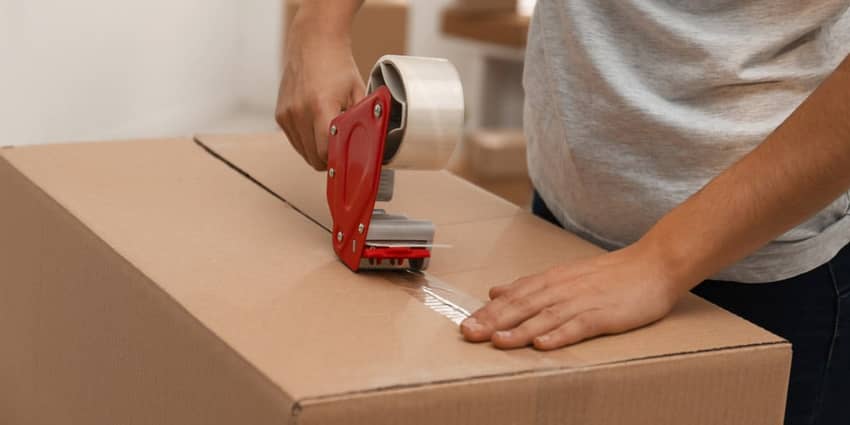


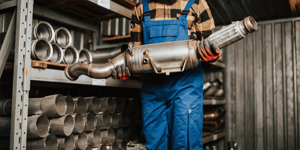
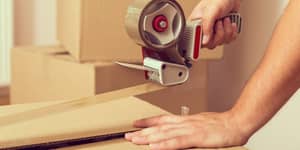

 Facebook
Facebook Twitter
Twitter Instagram
Instagram Linked In
Linked In YouTube
YouTube